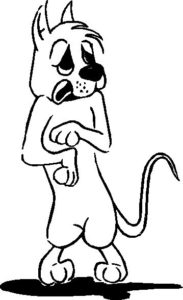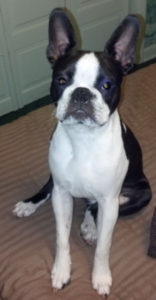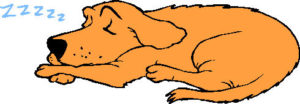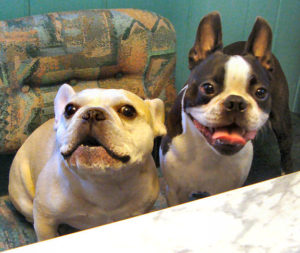
Did you know that dogs can suffer burn-out? Just like us? We saw a social media post today in one of our dog sports groups from an experienced trainer whose dog seemed to have “forgotten” how to do even the most basic commands in a recent trial. The advice she got? Give your dog a break!
It’s a great idea. Our dogs are a lot like us in many ways. Do you remember how tedious it was in school to do the same thing, day after day? Didn’t you prefer your classes with creative teachers who “mixed things up” on a regular basis? And didn’t you learn more? And retain it better when you were having fun?
Just like us
Our dogs are just like us. If you “drill” the same behavior every day, in the same way, sooner or later your dog is going to get tired of it. Instead of improving steadily, the behavior you’re working on may deteriorate or even disappear completely. That’s not what we want.
It’s a good idea to switch up the games you play with your dog. We give you several different games in the guides. Try all of them and use different ones on different days. Or work on something else every other day. Our dogs pick up on our energy and enthusiasm, too. Chances are if your interest in a particular game is less, your dog’s will be, too.
Come back stronger after a break
As an example, Hope and Torque have been playing with a toddler’s ring-stacking toy, teach Torque to take the ring, bring it to the post, and drop it on. It’s a complicated behavior, made more difficult by the fact that Torque thought the rings were great chew toys when they started. And he’s not a big fan of giving up his chew toys. He does it, but grumpily.
Hope put the game aside a while ago, since they were getting nowhere fast. Last week she picked it up again, wanting to see what Torque would do.
And it was pretty amazing. Torque picked up a ring, walked over to the post, and plopped it right down. And repeated the behavior with a couple more rings. He didn’t get a “ringer” every time, but he got a couple. Just that little break let the behavior get through. He had time to think about it, let it penetrate, and remembered the next time he saw it.
Memory games
So if you’re ever getting frustrated that your dog isn’t “getting” something, or if he had it and “forgot” it – give him a break. It could be a little break is your answer, too.



